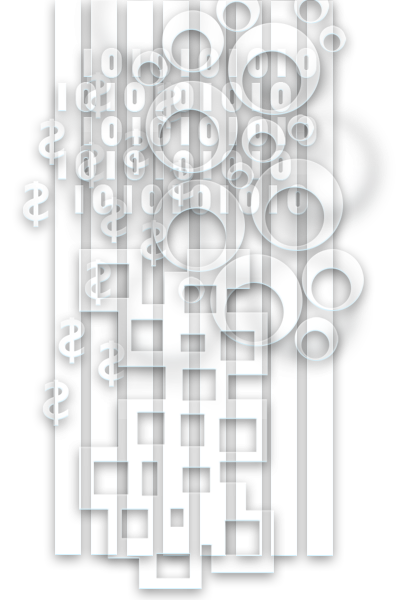
WordPress
Its phenomenal performance bagged it the best open source content management system award in 2009. It has initiated a revolution that is being called Web 2.0 where there is total automation saving a lot of time and making ‘handcoding’ seem obsolete at least where website management is concerned. ...
WordPress is a free and open source blogging tool and publishing platform powered by PHP and MySQL. It is often customized into a content management system (CMS). It has many features including a plug-in architecture and a template system. WordPress is used by over 14.7% of Alexa Internet's "top 1 million" websites and as of August 2011 powers 22% of all new websites. WordPress is currently the most popular CMS in use on the Internet. It was first released on May 27, 2003, by Matt Mullenweg as a fork of b2/cafelog. As of February 2011, version 3.0 had been downloaded over 32.5 million times.
WordPress has a web template system using a template processor.
- Themes: WordPress users may install and switch between themes. Themes allow users to change the look and functionality of a WordPress website or installation without altering the informational content. Themes may be installed by using the Wordpress "Dashboard" administration tool, cPanel or uploading theme folders via FTP. The PHP and HTML code in themes can also be edited for more advanced customizations.
- Plugins: One very popular feature of WordPress is its rich plugin architecture which allows users and developers to extend its functionality beyond the features that come as part of the base install; WordPress has a database of over 17,000 plugins with purposes ranging from SEO to adding widgets.
- Widgets: Widgets offer users drag-and-drop sidebar content placement and implementation of many plugins' extended capabilities. Users can re-arrange widgets without editing PHP or HTML code.
- Multi-user and multi-blogging: Prior to WordPress 3.0, WordPress supported one blog per installation, although multiple concurrent copies may be run from different directories if configured to use separate database tables. WordPress Multi-User (WordPress MU, or just WPMU) was a fork of WordPress created to allow multiple blogs to exist within one installation that is able to be administered by a centralized maintainer. WordPress MU makes it possible for those with a website to host their own blogging community, as well as control and moderate all the blogs from a single dashboard. WordPress MU adds eight new data tables for each blog. WordPress MU merged with WordPress as part of the 3.0 release.
- Mobile: Native applications exist for Android, iPhone/iPod Touch, iPad, Windows Phone 7, and BlackBerry which provide access to some of the features in the WordPress Admin panel and work with WordPress.com and many WordPress.org blogs. Other features of note:
WordPress also features integrated link management; a search engine-friendly, clean permalink structure; the ability to assign nested, multiple categories to articles; and support for tagging of posts and articles. Automatic filters are also included, providing standardized formatting and styling of text in articles (for example, converting regular quotes to smart quotes). WordPress also supports the Trackback and Pingback standards for displaying links to other sites that have themselves linked to a post or article.(sources : http://en.wikipedia.org)
Its phenomenal performance bagged it the best open source content management system award in 2009. It has initiated a revolution that is being called Web 2.0 where there is total automation saving a lot of time and making ‘handcoding’ seem obsolete at least where website management is concerned. WordPress has a great variety of themes and plug-ins and a flexible API providing an easier implementation.
Here at SilentDrifter Inc., we use WordPress to give you a phenomenal web experience and manage your content in a dynamic fashion.